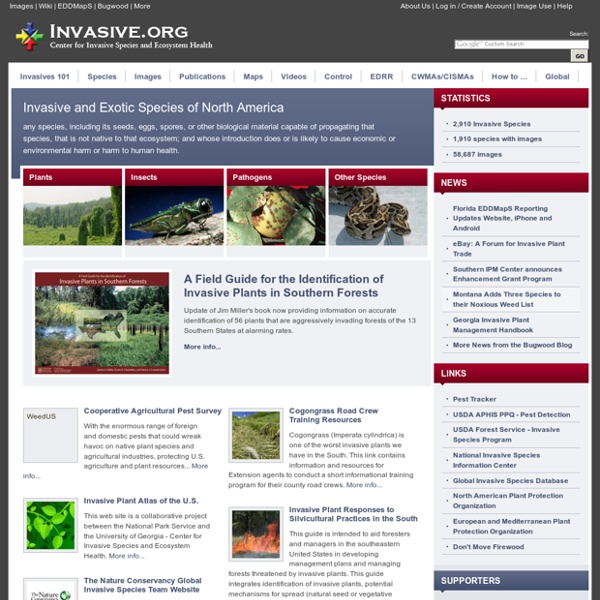



NaturalNews NaturalPedia USGS Nonindigenous Aquatic Species Global Zoonoses* Disease Causative Organism Principal Animals Involved Known Distribution Probable Means of Spread to Humans Clinical Manifestations in Humans Anthrax Cattle, sheep, goats, horses, wild herbivorous animals Worldwide; common in Africa, Asia, South America, eastern Europe Occupational exposure; foodborne in Africa, Russia, and Asia; occasionally wounds or insect bites; rarely airborne Ulcerative skin lesions, pneumonia, sepsis Borreliosis spp Rodents Worldwide spp Fever to sepsis Lyme disease Deer, wild rodents spp Target lesions, arthritis, sepsis Southern tick-associated rash illness Uncertain Southern USA Similar to Lyme disease Relapsing fever ( Louseborne or epidemic) No animal reservoir for the transmitting lice Epidemic Crushing infected lice Relapsing fever (every 3-5 days; up to 10 episodes), sepsis (Tickborne or endemic) Wild rodents Tick bites Bordetella Dogs, rabbits, guinea pigs Exposure to saliva or sputum Pertussis-like pneumonia, usually in immunocompromised Brucellosis Cattle, bison, elk, caribou Dogs, coyotes
MIPN Invasive Plant Control Database (US MidWest) Will at Work Learning Great Lakes Aquatic Nonindigenous Species Information System (GLANSIS) The Great Lakes have a long history of aquatic nonindigenous species (ANS) introductions – both intentional and unintentional. As of 2012, over 180 nonindigenous species have been reported to have reproducing populations in the Great Lakes basin, i.e. lakes Superior, Michigan, Huron, St. Clair, Erie, Ontario, and their connecting channels and water bodies within their respective drainages (Mills et al. 1993, Ricciardi 2001, Ricciardi 2006, Ricciardi unpubl. data). The number of Great Lakes aquatic nonindigenous species documented in GLANSIS must be interpreted as a minimum. Species Included in GLANSIS Species are assessed for inclusion in the database on a case-by-case basis. The present database consists of three lists – Inclusion of the Sea Lamprey Database Structure GLANSIS functions as a Great Lakes specific node of the USGS NAS national database. GLANSIS Definitions and Criteria for Listing (Nonindigenous and Range Expansion) Aquatic criterion: GLANSIS includes only aquatic species.
Work-Learning Research ScaleNet URAC » Promoting Quality Health Care Selected EPA-registered Disinfectants | Pesticides Current as of February 2014 The following lists of antimicrobial products registered by the EPA for healthcare use are effective against the most common emerging pathogens, as indicated in the list titles. EPA-registered antimicrobial products may not make efficacy claims against these pathogens unless the agency has reviewed data to support the claim and approved the claim on the label. Use of the listed EPA-registered products consistent with the product labeling complies with the Occupational Safety and Health Administration‘s requirements for Occupational Exposure to blood borne Pathogens (29 CFR 1910). The lists are organized alphabetically by product names and by numerical order of their EPA Registration Numbers. Information about listed products is current as indicated by the dates on the lists. Only Primary Products are Listed Only primary product names from the primary registrants are included in the lists. Additional Information
University of North Carolina at Chapel Hill Libraries - Home